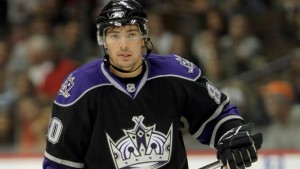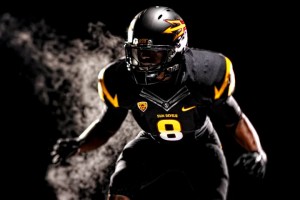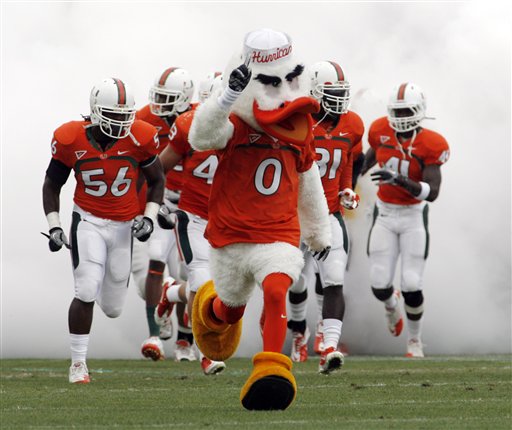Doughty holdout ends, Kings sign defenseman for eight years
Sept. 30, 2011
It’s hard to have your cake and eat it too in the sports world.
The Los Angeles Kings found that out when they finally ended defenseman Drew Doughty’s holdout, signing the 21-year-old to an eight-year, $56 million deal that officially makes him the highest-paid player by annual salary on the Kings.
General Manager Dean Lombardi seemed pretty adamant about signing Doughty to less than or equal to the $6.8 million salary of Anze Kopitar, but they also have Doughty locked for eight seasons, ending any threats that the holdout would go into the regular season.
With training camp coming to an end and the Kings leaving for Europe on Saturday, it was apparent a deal needed to be reached.
The Kings had to make Doughty the highest paid Kings player, but also were able to get Doughty to sign for longer than the five-year deal he was looking for. That would not have sit well, considering both Kopitar and Doughty would have then been free agents in the same season.
And Doughty’s mark as the franchise player didn’t stop the Kings shopping spree this off-season. They also signed free-agent winger Simon Gagne for two years and $7 million, as well as taking on the final $51.2 million of Mike Richards’ contract.
The Kings truly believe they can make a strong playoff push, a long way since AEG bought the bankrupt team back in 1995.
Kings fans were upset, disgruntled and anxious over the uncertainty of Doughty, but that uncertainty is now over. What is uncertain is how strong of a front line the Kings will have with the addition of Richards and resigning Doughty.
“Our team is going to be great this year and I really just can’t wait to get there and hopefully everyone can put this in the past,” Doughty told the LA Times. “I know people are probably pretty angry at me, but things happen and I’m just really happy it’s done.”
So is Los Angeles. They’ll be even more angry if that guaranteed money makes Doughty flirt with complacency for eight years.
Let the games begin.








